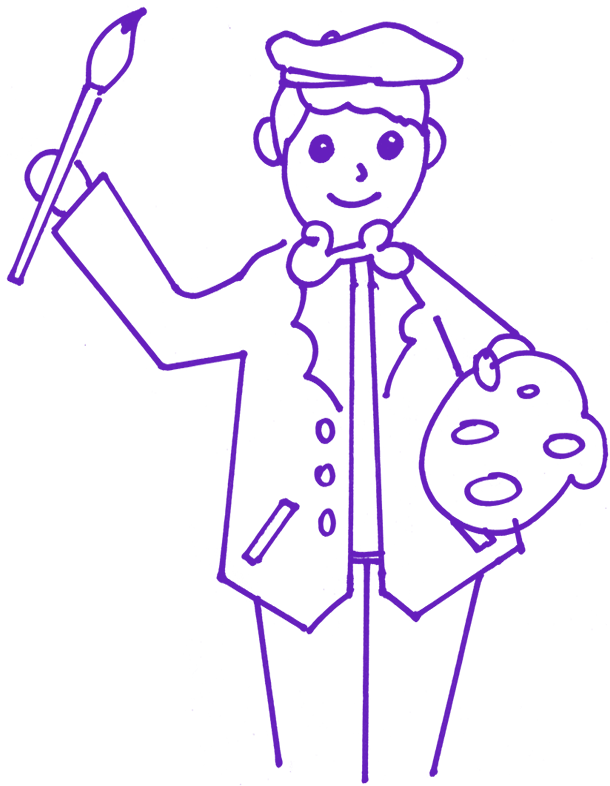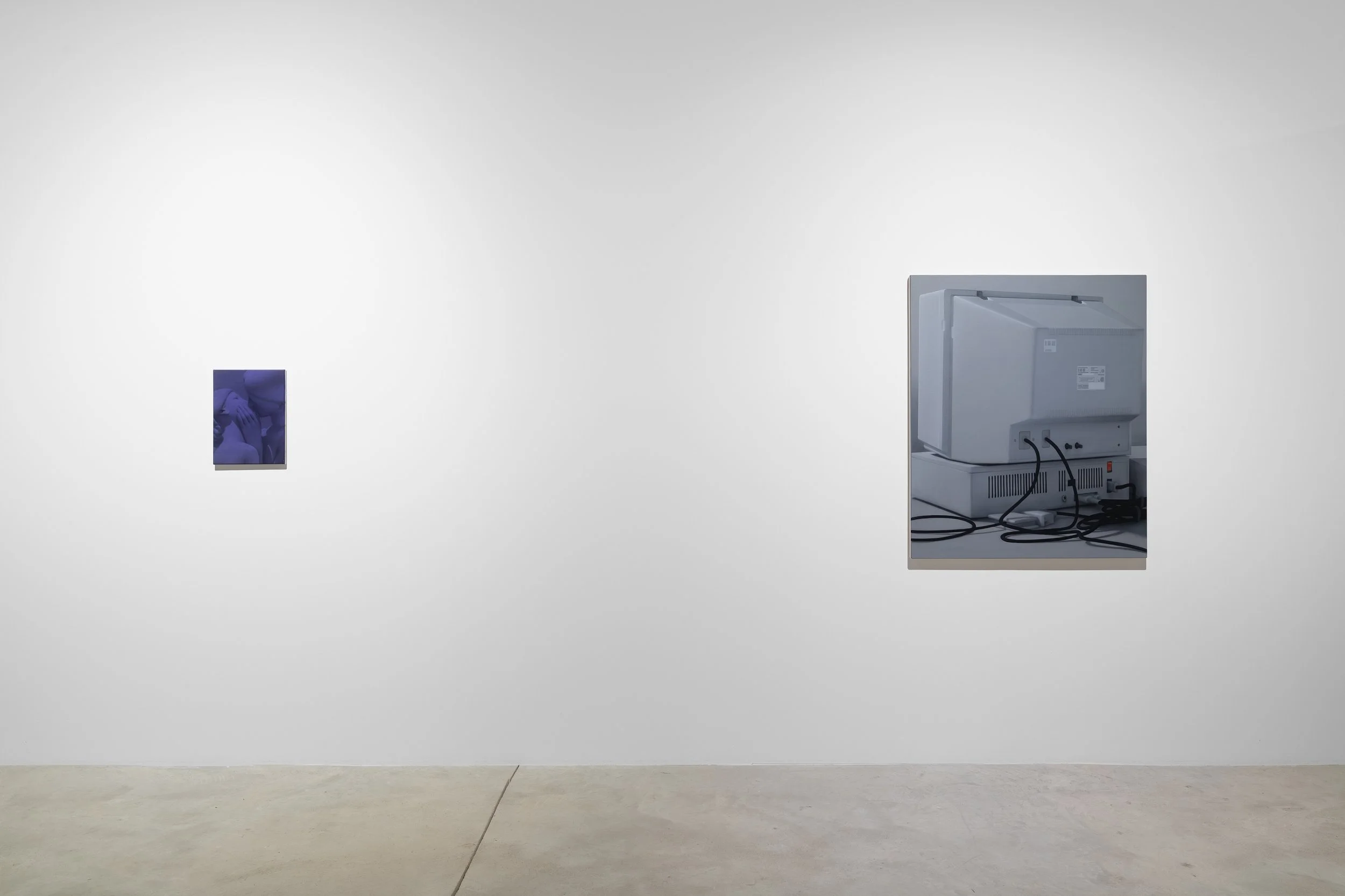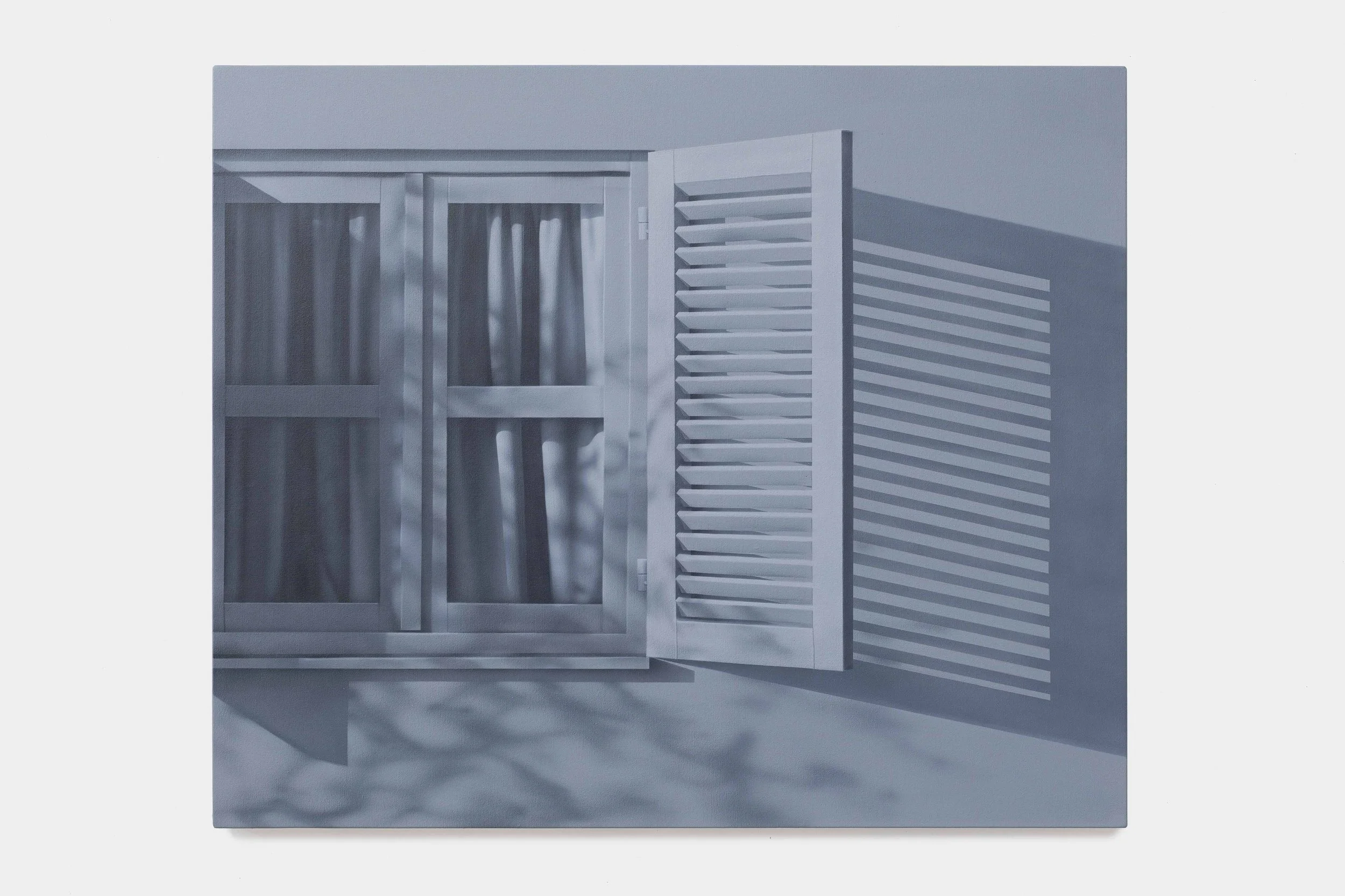LA BIBI + REUS is pleased to present the first solo exhibition in Spain by Austrian artist Paul Riedmüller. Green Lemons invites viewers to explore the boundaries between perception and representation, while expanding painting practice into an installation-based approach. The title serves as a metaphor for an unfinished process or a state of becoming—suggesting that painting, for Riedmüller, is never complete but constantly evolving.
The exhibition features a new body of work developed during the artist’s residency at the gallery, deeply influenced by the landscape of Mallorca and his everyday experiences on the island. These influences are evident in still lifes, landscapes, and spatial interventions that transform the gallery into an immersive environment.
Riedmüller’s creative process combines digital technology with traditional painting. Each work begins with detailed 3D renders that act as sketches for the final pieces. This approach not only extends the artist’s engagement with his subjects but also deepens his awareness of them—resulting in paintings rich in emotional and conceptual depth. Executed in oil and airbrush, the final works maintain a striking balance between digital precision and painterly technique.
The exhibition also challenges conventional modes of display. Riedmüller integrates articulated structures that bring the paintings off the wall and into the gallery space. A central feature is a freestanding wall with paintings of Mallorcan windows on both sides. These works blur the line between painting and sculpture, evoking architecture and suggesting a building within the gallery. This gesture opens a dialogue between interior and exterior, between what is seen and what is imagined—touching on a central concern in Riedmüller’s practice: how we construct and inhabit visual reality.
In this sense, his work resonates with Jean Baudrillard’s theory of the simulacrum. The paintings, derived from digital renders and later materialized on canvas, do not aim to imitate reality but rather generate a new hyperreality—where the boundary between image and reference dissolves. Through these layered simulations, Riedmüller reflects on our contemporary condition, where images have gained a life of their own, reshaping how we perceive the world.
















